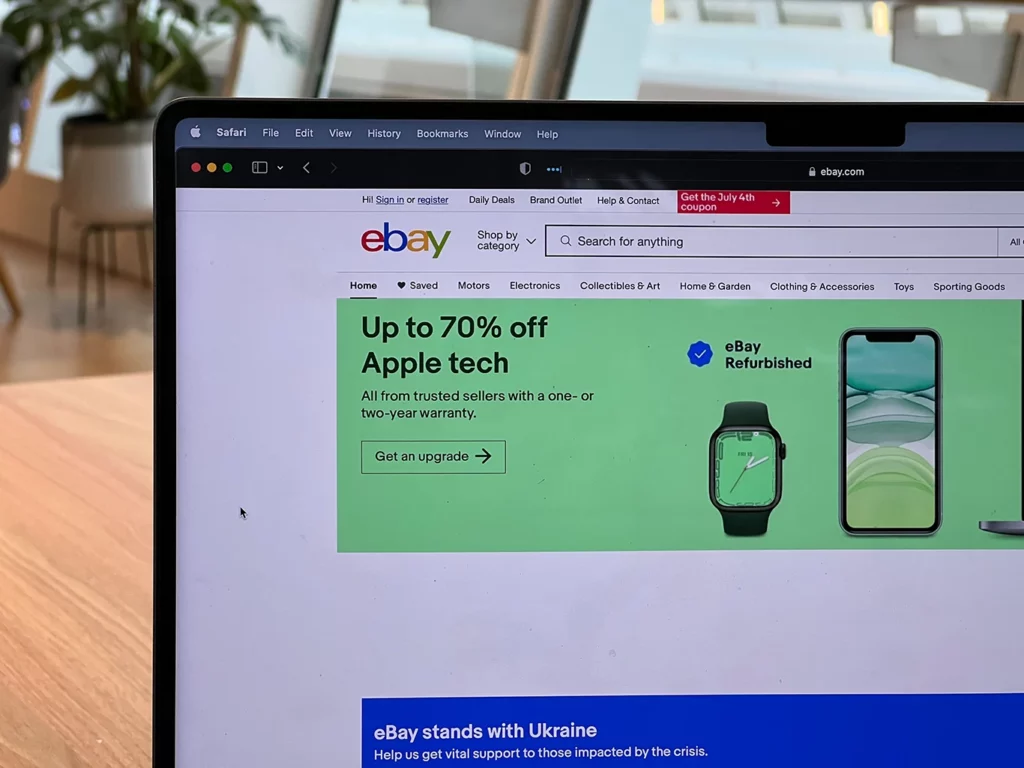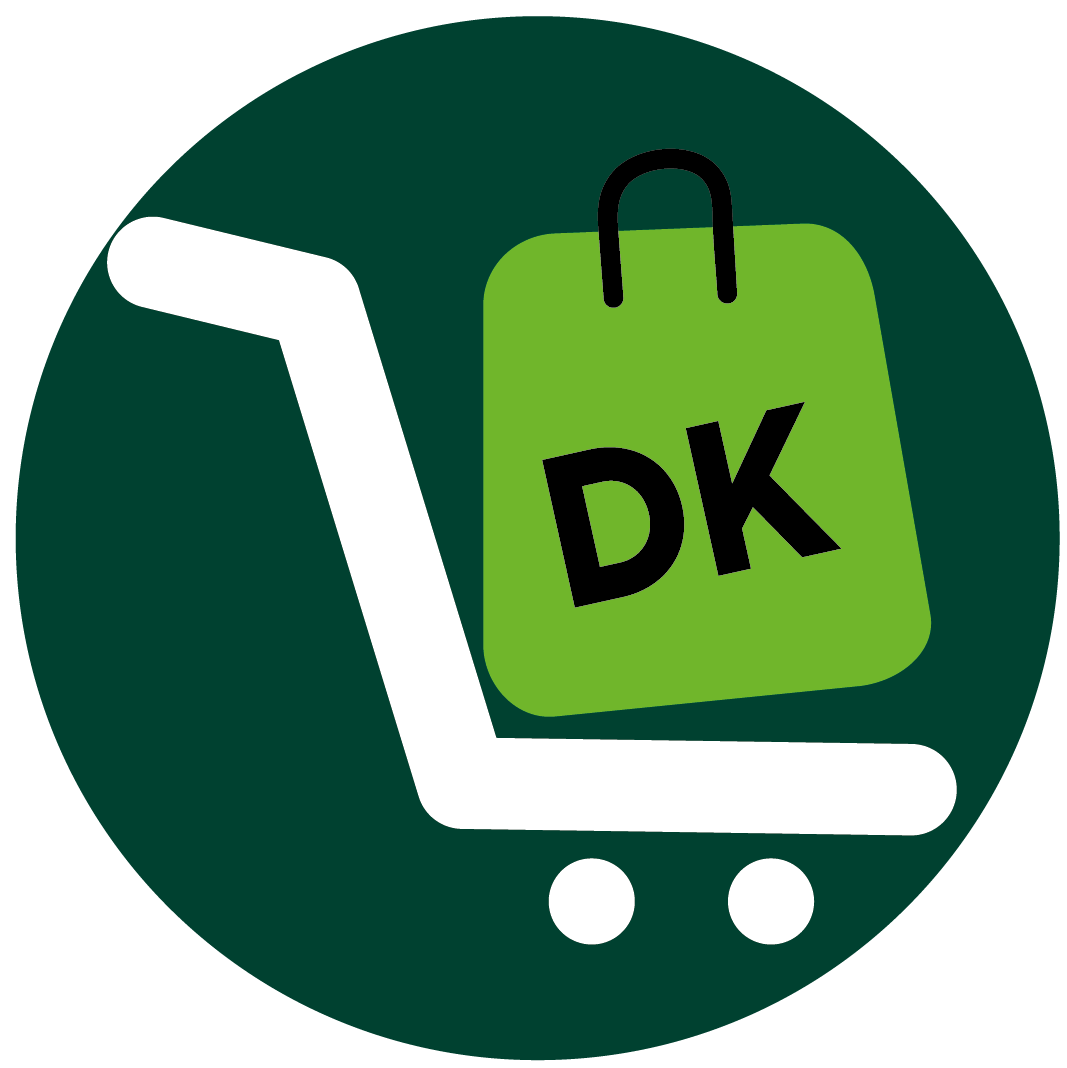Starting an eBay store without inventory may seem like a tall order for a rookie online entrepreneur, but the undertaking is totally possible when you apply the right strategy.
The thing is, you need to know where to source the products from and to make sure you have the right niche for your items.
Again, nothing complicated here, but you must have the proper strategy—and that’s what this article teaches you.
To start a profitable eBay store without inventory:
- Research Products to Sell on eBay
- Find out the Dropshipping Supplier to Use
- Set up a Retail Account on eBay
- List the Item on Your eBay Store
- Optimize for SEO
- Design an Ecommerce Store for Non-eBay Audiences
- Become an Expert on Your Products
Let’s dive right in!
1. Research Products to Sell on eBay

To start a successful eBay store without inventory, know the profitable and less competitive products to dropship on your online store. Evaluate the products’ profitability, demand and competition.
Think about the items you need. Do you want to sell shoes, garments, toys, etc.? What is it? Make sure your prices are competitive, though. You don’t want to price too high or too low, do you? Well, find an average price and make sure you beat the next seller’s price.
Speaking of price, remember to account for eBay listing fees when setting the price. You forgot about those fees, didn’t you? Use Salecalc.com to calculate eBay fees so you know if an item is profitable or not.
Source items with strong consumer demand but low competition. Check the selling rate and the number of active listings for a product to know its demand potential. Navigate the filter button on your eBay store to see the number of completed and sold listings.
Use the eBay Terapeak tool to analyze the market. Terapeak helps you determine what products to sell, when to sell them and how much to charge for them.
Use data tools from other ecommerce marketplaces when doing your eBay product research. Use Jungle Scout, for example, to gather essential data that can influence the different strategic choices (price, keywords, product description, etc.) you make relative to your ecommerce business.
Jungle Scout focuses on Amazon FBA business—but you can also use it to discover emerging product opportunities, daily and monthly sales volumes, and historical sales data both on Amazon and on other platforms. To make sure you choose the right products, use Jungle Scout to view real-time sales data and to assess market trends thanks to powerful data analytics embedded in the tool.
2. Find out the Dropshipping Supplier to Use
To launch an eBay store without inventory, choose suppliers for your desired niches, reach out to them and ask if they can dropship products to your customers.
Never allow needless delay; choose the best hand that can fulfil your customer’s order. Work with dropshipping companies that allow you to sell on eBay without inventory. Choose and list the items on your eBay store (and also non-eBay e-commerce store, if necessary), but let the supplier ship directly to the customer.
Select suppliers who can ship products fast and without logistical complications. Check out reputable dropshipping companies on Doba, Worldwide Brands and Simple Source to determine those dropshipping suppliers already present in your niche.
Sign up with your desired dropshipping company, and read its Service Level Agreement to make sure the company can meet your expectations and requirements.
3. Set up a Retail Account on eBay
To begin an eBay store without inventory, visit the eBay homepage and sign up for a seller account, a process as straightforward as ordering your favorite pizza from your local pizzeria.
Click Create an Account to start the registration process. Fill out the form requesting your first and last name, email address and password. Tap Create Account button so you can proceed to the next stage.
Fill out the next page by providing your contact info—such as business address, city, postal code and mobile number. Add your bank account to receive payments from eBay when you complete orders.
4. List the Item on Your eBay Store
To kick off an eBay store without holding stock, create your listing after registering for a retail account. Click the “Sell an Item” icon on the homepage and follow the instructions for your listings.
Never use other dropshippers’ product descriptions for your listings. Differentiate yourself with an incredible product description and imagery. Set the price tag for each product. Consider what your competitors are charging for the products so you can price your items properly.
Upload two or more high-quality pictures of the product you are listing. Choose if you want to sell the item at a fixed price or at auction.
Write comprehensive information about the products you are listing, including shape, color, size, measurements, etc. Use an advanced listing tool to go more in-depth with the information you provide. Add product titles, product categories, selling details and shipping information to the listings.
5. Optimize for SEO
To launch an eBay store without stock, use product keywords effectively so you can rank for SEO. Find the right terms and phrases that properly describe the items you sell. Use relevant keywords so you can have better chances of getting more customers searching the keywords and finding your items.
Include keywords in your title and description before adding them to your eBay store. Use keywords when writing a product description for each item you list on eBay.
6. Design an Ecommerce Store for Non-eBay Audiences
To start an eBay store without inventory and scale it in no time, design another ecommerce store that runs in parallel to your eBay store but targets only non-eBay audiences.
You see, your main goal is to increase, right? So it doesn’t really matter whether you generate revenue on or off eBay—as long as you’re bringing that dough every month. That’s the bottom line!
Set an online store on platforms such as Shopify, WooCommerce, BigCommerce or Amazon so you can capture audiences that like and need your products but don’t patronize eBay for whatever reason. To successfully run both stores at the same time, make sure you have the proper resources and budgets, though.
7. Become an Expert on Your Products
To launch an eBay store without inventory, sell products you can conveniently talk about. Find out comprehensive information about the products you want to sell in case you don’t know much about them. Never be in a position where you can’t respond when customers ask you for advice or information about your products.
A visitor may likely disregard customers’ negative feedback and buy from you if your response is good. Regardless of the quality of your service, keep in mind you can’t always satisfy some customers. Nobody is perfect, right?
Conclusion
To kick off an eBay store without stock, research products you want to sell on eBay and find out the best dropshipping supplier who can deliver those products to customers.
Set up a retail account on eBay for your dropshipping business, and list items on your store. Optimize things like product listings, titles and descriptions so you can beef up your SEO game.
Design an ecommerce store for your online business and link it with your eBay store for optimal fulfillment process. Become an expert on your products so you can gradually build authority in your niche, gain shoppers’ trust and elevate your brand over time.














